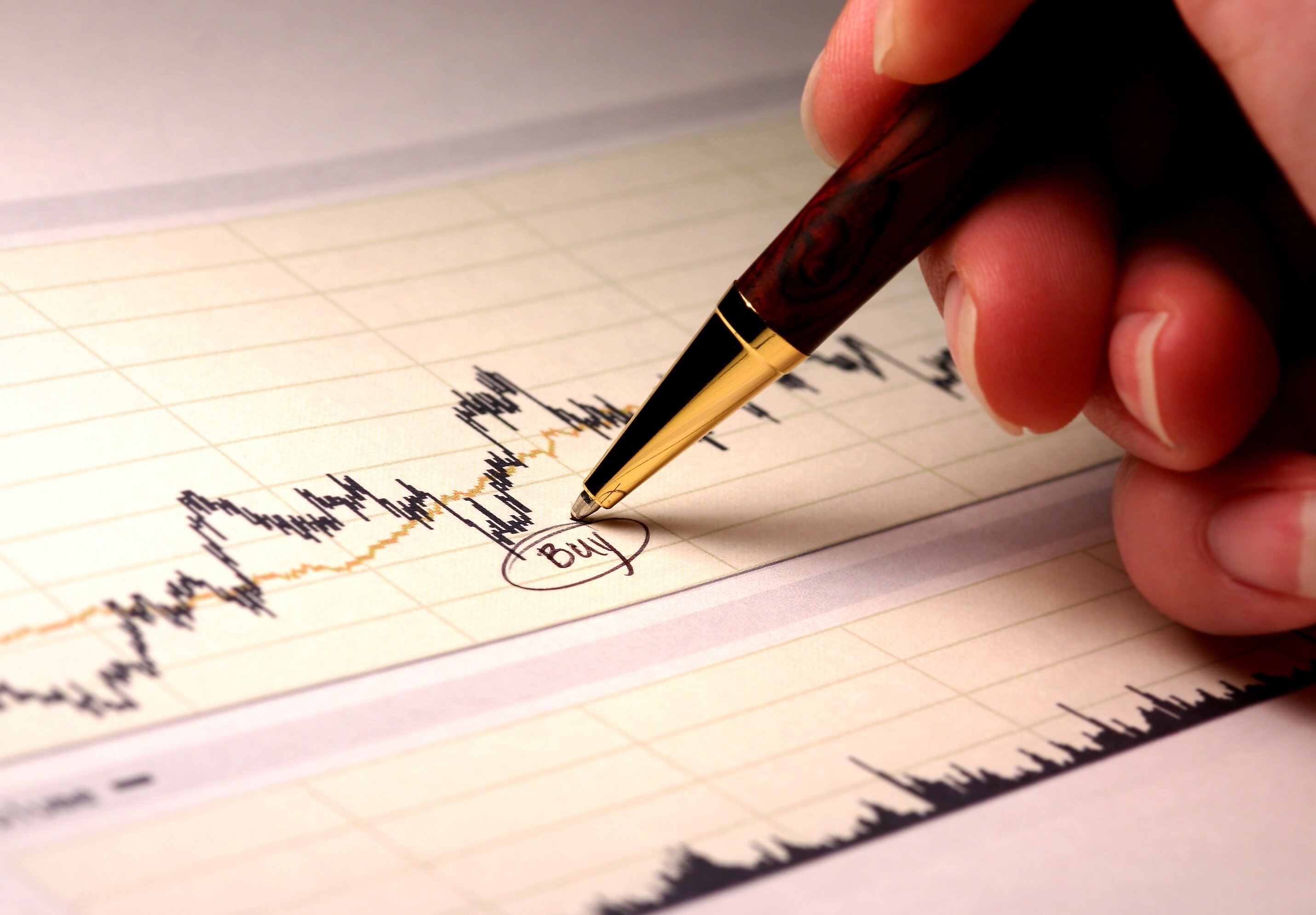Building a diversified stock portfolio introduces an individual investor to an array of different businesses big and small in a variety of industries. Looking at Facebook (FB 0.75%) and MercadoLibre (MELI +0.36%) might seem like comparing apples and oranges, but it's a good exercise to analyze two great companies with an eye to finding the better buy. Before we look at the case for each stock, let's take a look at some metrics to understand how different these two really are.
Two high-quality businesses
These two companies serve very different audiences. Facebook makes money selling advertisements on its popular global social media platforms. MercadoLibre makes money operating as an e-commerce retailer and payments processor in Latin America.
|
Metric |
|
MercadoLibre |
|---|---|---|
|
Founded |
2004 |
1999 |
|
Market capitalization |
$584 billion |
$29 billion |
|
Price-to-sales ratio |
9 |
14 |
|
MRQ* revenue |
$17.7 billion |
$1.6 billion |
|
MRQ revenue growth |
29% |
70% |
|
Net income (loss) |
$6.1 billion |
($0.15 billion) |
|
% revenues outside home geography |
52% |
0% |
*MRQ = most recent quarter. Data from Wikipedia, company websites, and Yahoo! Finance.
Even though the e-commerce specialist had a five-year head start, the social media platform is 20 times larger in market capitalization, pulled in 11 times more revenue last quarter, and is highly profitable. MercadoLibre gets the nod for having more impressive top-line growth numbers, but its revenue is limited to its home geography, and its stock is more expensive when looking at the price-to-sales ratio.
Let's look at the case for this e-commerce company.
MercadoLibre delivers in Latin America
MercadoLibre started as a marketplace for online sellers, but its payments services have been on a tear. Nonmarketplace revenues, led by its payment service, MercadoPago, are now the largest and fastest-growing source of revenue. MercadoPago payments have become so widely accepted that revenue from off-platform purchases (i.e., in-person purchases like gas and groceries) has grown to surpass purchases on its e-commerce site. The payments platform processed an amazing $7.6 billion in transaction value for the quarter.

Image Source: Getty Images.
Not to be outdone, its marketplace business is booming. Gross merchandise value (total value of goods sold on the platform) reached $3.6 billion in the most recent quarter, with 98 million items sold. Unique buyers grew 26% this quarter to 22.4 million, and live listings grew 45% to 243 million. Its shipping service, Mercado Envios, shipped 81.2 million items in the quarter, a 46% increase from the previous year. With all of this activity, you might be surprised to find out that e-commerce only makes up 4% of all retail sales in the region.
Although this e-commerce and payments company only operates in one geography, it has plenty of room to run. It serves customers in 18 countries across Latin America, but the top three -- Brazil, Argentina, and Mexico -- make up 94% of its revenue. With all of this opportunity, posting profits isn't a primary goal, as it continues to invest in its operations to ensure that it will be a bigger player in the future of Latin American retail for years to come.
Now let's check out the argument for the social media giant.
Facebook's global domination
Most of us have a Facebook account or use one of its products (WhatsApp, Messenger, or Instagram). Over its first 15 years, these products have built a powerful moat of 2.4 billion monthly active users. Since advertisers follow users, the company has become highly profitable as a result. Despite its size, it is still putting up impressive double-digit revenue growth numbers, as it has become a platform that advertisers can't afford to overlook.
Incredible profits and cash flows allow this social media giant to invest huge sums of money in its platform and other ventures. Facebook has announced efforts in virtual reality, cloud gaming, payments, and even a digital currency. It's not important that all of these side businesses succeed, but they add breadth to the growing ecosystem and make the platform even more attractive for advertisers. Even as it adds new ways to capture users, it still has yet to fully monetize its existing platforms and has plenty of room to grow its core business for years to come.
Before you buy, understand the risks
Before the big reveal of the better buy, it's important to understand there are risks in investing in either of these companies. Facebook is facing continued pressure from regulators on controlling "fake news," hate speech, and fraudulent accounts. The company is responding, but this will be an ongoing cost. Additionally, its size and influence worry regulators. Calls for the business to be broken up or to limit the way the platform operates could be at best a distraction and at worst require it to operate inefficiently or even split into multiple operating entities.
MercadoLibre lists "political and economic crises, instability, terrorism, civil strife, expropriation, and other risks" as risks of doing business in the emerging market of Latin America. Governmental actions, currency fluctuations, or economic events beyond the control of management could have a considerable impact on short-term results.
Despite these risks, both companies are good investments for those with a long-term perspective. But for me, the better buy is an easy choice. The e-commerce and payments company has proven itself to be an incredible operator in a difficult environment and has only begun to tap its long-term potential. MercadoLibre gets my solid vote as the better buy.







